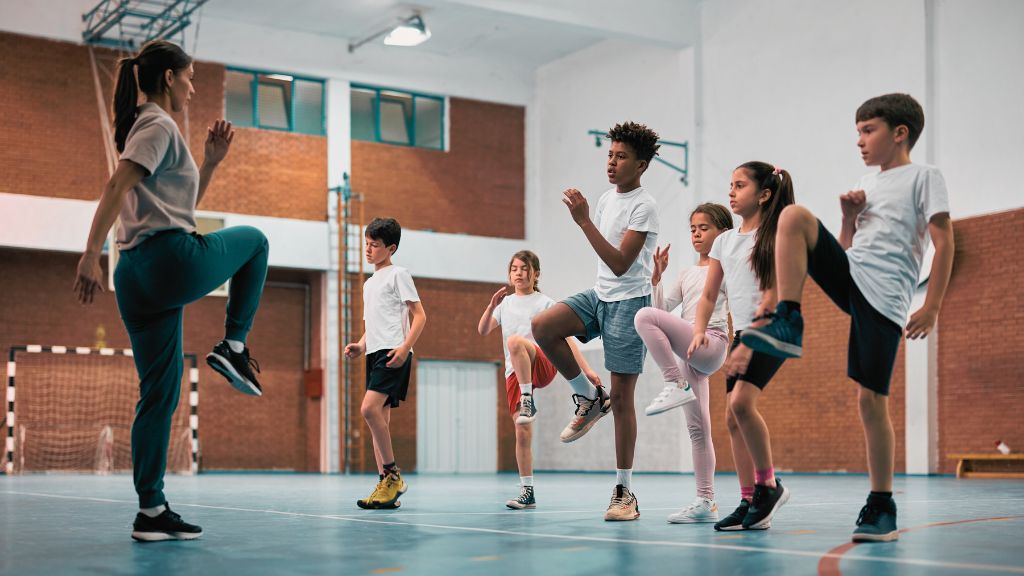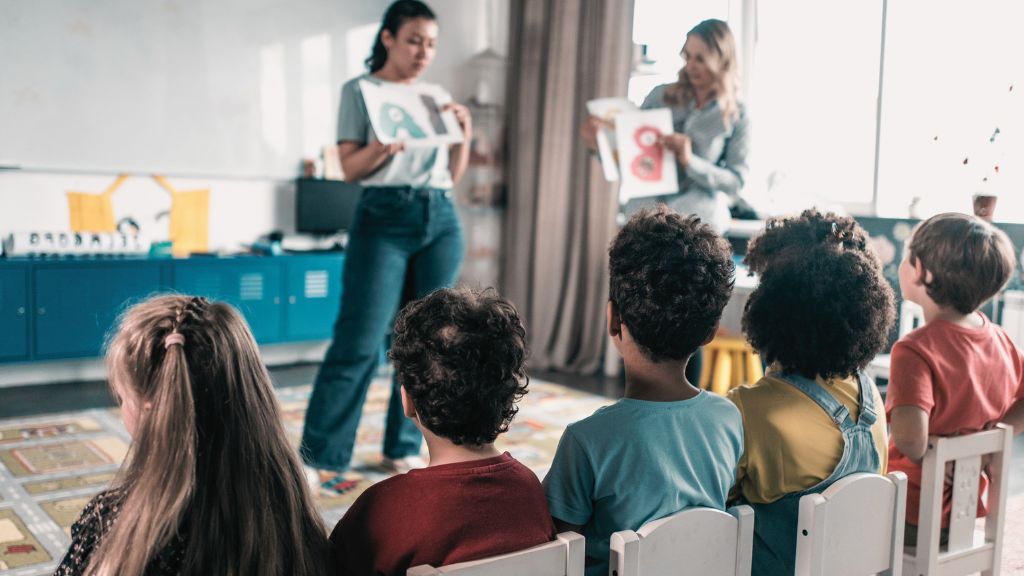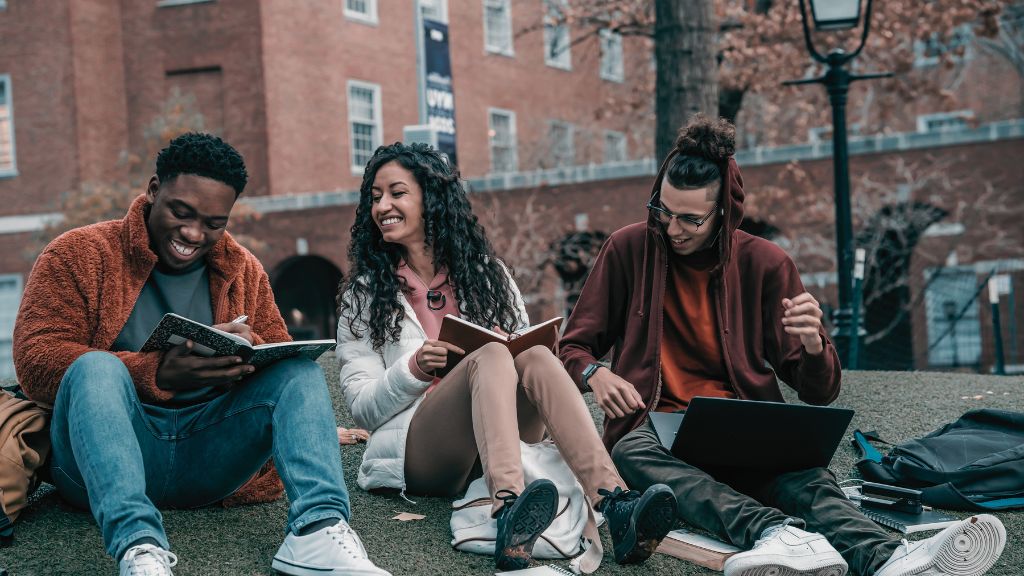Education is very important for everyone. It helps people learn new things, get good jobs, and make better lives for themselves and their families. The United Nations (UN) has made a plan called the Sustainable Development Goals (SDGs). These are 17 goals that aim to make the world a better place by 2030.
One of these goals is about education. It is called Goal 4, and it focuses on making sure everyone gets a good education. Let’s talk about what this goal means and how it can help make the world better.
What is Goal 4?
Goal 4 of the Sustainable Development Goals is all about education. Its main aim is to “ensure inclusive and equitable quality education and promote lifelong learning opportunities for all.” This means making sure everyone, no matter who they are or where they come from, can go to school and learn. It also means the education they get should be good and help them throughout their lives.
Also read: What Are The Benefits Of Attending A Local Community College?
Why is Education Important?
Education is the key to many opportunities in life. When people go to school and learn new skills, they can get better jobs, which helps them earn more money and take care of their families. Educated people usually know more about health and how to take care of themselves, so they can make better choices for their health and their family’s health.
Education also helps make the world fairer because when everyone has a chance to go to school, it doesn’t matter if they are rich or poor, boys or girls – everyone gets the same opportunities. Additionally, educated people can understand each other better, which helps reduce conflicts and makes societies more peaceful.
What Are the Sustainable Development Goals of Education 2030?
The Targets of Goal 4
Goal 4 has several targets. These are specific things that need to be achieved to meet the goal. Here are the main targets of Goal 4:
- Free Primary and Secondary Education: Make sure all children can go to primary (elementary) and secondary (high) school for free. This helps ensure that every child gets a basic education.
- Early Childhood Education: Ensure all young children can go to preschool or kindergarten. This helps them get ready for primary school and gives them a good start in life.
- Equal Access to Education: Make sure everyone, including girls, children with disabilities, and children from poor families, can go to school. This helps create equal opportunities for everyone.
- Skills for Work: Make sure young people and adults can learn skills that will help them get good jobs. This includes vocational training and higher education.
- Literacy and Numeracy: Make sure everyone can read, write, and do basic math. This is important for everyday life and for getting jobs.
- Education for Sustainable Development: Teach students about how to take care of the environment and live sustainably. This helps us in protecting our beautiful planet for future generations.
How Can We Achieve These Targets?
Achieving these targets requires the help of everyone – governments, schools, teachers, parents, and communities. Here are some ways to achieve these targets:
- Building More Schools: In many places, there are not enough schools for all the children. Building more schools can help make sure every child has a place to learn.
- Training Teachers: Good teachers are very important. They need to be well-trained and supported so they can teach effectively.
- Providing Learning Materials: Students need books, pencils, and other learning materials to study. Providing these can help students learn better.
- Supporting Poor Families: Some families cannot afford to send their children to school. Helping these families with school fees, uniforms, and transportation can ensure their children get an education.
- Using Technology: Technology can help make education more accessible. For example, online classes can reach students in remote areas.
- Raising Awareness: It is important to let people know about the importance of education. When people understand how important education is, they are more likely to support it.
The Role of Governments
Governments have a big role to play in achieving the education goals. Here are some ways governments can help:
- Creating Good Policies: Governments need to make good policies that support education for everyone. This includes laws that make school free and compulsory for all children.
- Funding Education: Governments need to spend money on education. This includes building schools, training teachers, and providing learning materials.
- Monitoring Progress: It is important to keep track of how well the education system is doing. Governments need to collect data and see if the targets are being met.
- Partnering with Others: Governments should work with other countries, organizations, and communities to achieve the education goals. This helps share ideas and resources.
The Role of Communities
Communities also have an important role in achieving the education goals. Here are some ways communities can help:
- Supporting Schools: Communities can help support their local schools. This includes volunteering, fundraising, and helping with school events.
- Encouraging Education: Communities can encourage children and parents to value education. This helps make sure children go to school and stay in school.
- Providing Safe Environments: It is important for children to feel safe at school. Communities can help create safe environments where children can learn without fear.
The Role of International Organizations
International organizations, like the United Nations, also play a big role in achieving the education goals. Here are some ways they can help:
- Providing Funding: International organizations can provide funding to support education programs in different countries.
- Sharing Knowledge: They can share knowledge and best practices about education. This helps countries learn from each other.
- Advocating for Education: International organizations can advocate for education and raise awareness about its importance.
Challenges to Achieving the Education Goals
There are many challenges to achieving the education goals. Here are some of the main challenges:
- Poverty: Many families are too poor to send their children to school. They might need their children to work instead of going to school.
- Conflict and Violence: In some places, conflict and violence make it difficult for children to go to school. Schools might be destroyed, or it might not be safe for children to travel to school.
- Gender Inequality: In some cultures, girls are not encouraged to go to school. They might be expected to stay at home and help with household chores.
- Lack of Resources: Some schools do not have enough resources, like books, desks, and trained teachers. This makes it hard for students to learn.
Success Stories
Despite many challenges, there have been several success stories. Here are a few examples:
- Increased Enrollment: In many countries, more children are going to school than ever before. This is a big step towards achieving the education goals.
- Innovative Programs: Some countries have created innovative programs to help children learn. For example, mobile schools in Kenya bring education to children in remote areas.
- Community Involvement: In some places, communities have come together to support their local schools. This has helped improve the quality of education.
Discover expert advice on edufinancezone.com! We offer comprehensive blogs on finance, credit cards, insurance, and more. Stay informed with our educational content to manage your money wisely and achieve financial success.
Conclusion
The Sustainable Development Goals of Education 2030 are very important for creating a better world. By making sure everyone gets a good education, we can help people get better jobs, live healthier lives, and create more peaceful societies. Achieving these goals will require the efforts of governments, communities, international organizations, and individuals. While there are many challenges, there are also many success stories that show it is possible. By working together, we can achieve the education goals and create a brighter future for everyone.




